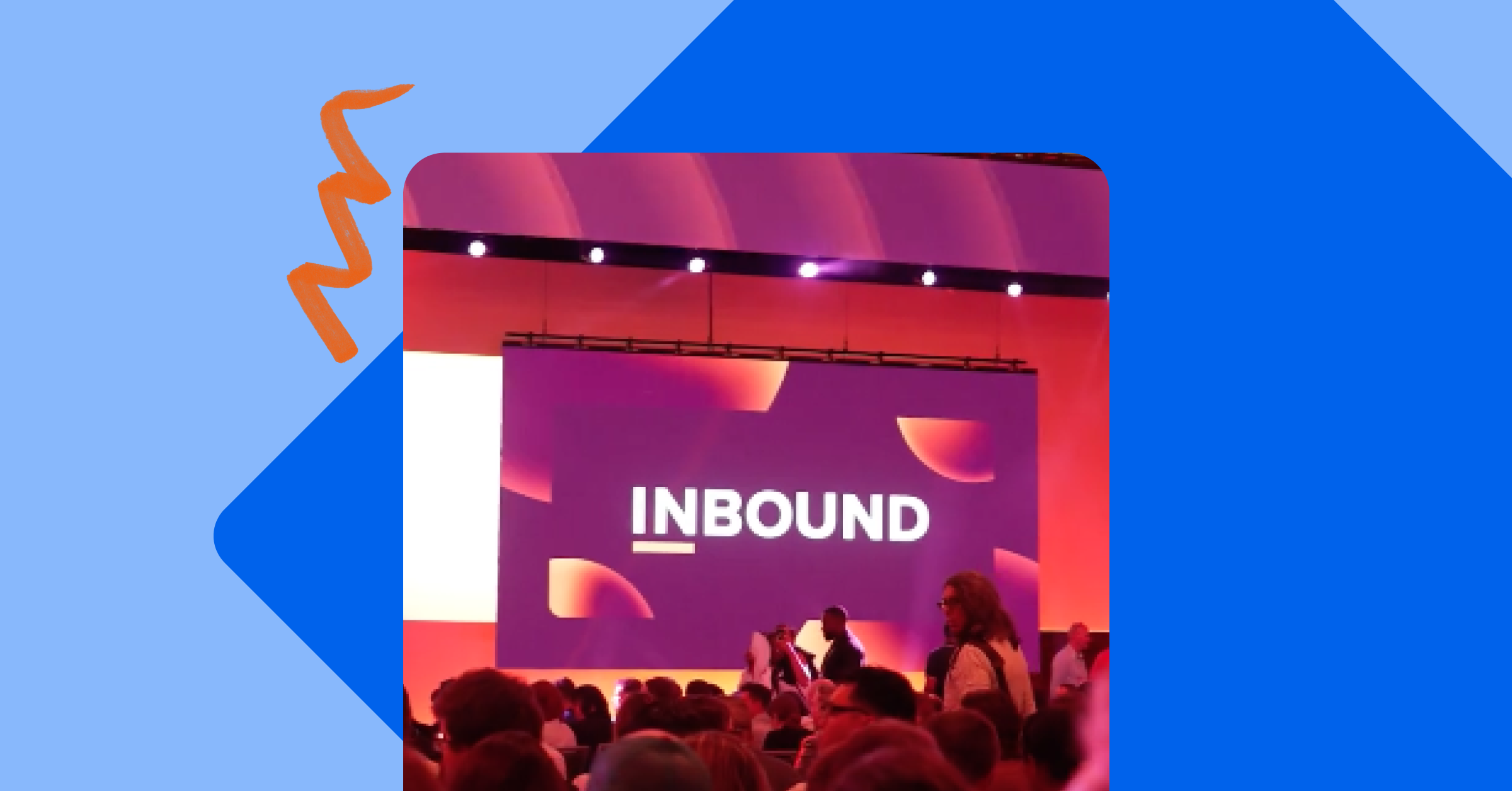Why Curated Newsletters Can Help Your Graduate Enrollment Marketing

January 20, 2016

Remember that part in Miracle on 34th Street when Kris Kringle sends customers to other stores when Macy’s didn’t have an item they wanted?
Imagine that for content.
Maybe you’re creating your own content already. Great; don’t stop. However, as a higher ed institution, your blog likely can’t compete with the research-heavy publications specific to the various industries your graduate programs belong to. And it doesn’t need to.
By regularly sending industry-specific email newsletters, you can curate the most relevant top stories and opinion pieces that your readers may not have otherwise seen. The service is the curation, not the content creation itself. This trend has been on the uptick in the news industry for the past couple years, and marketers would be wise to follow suit.
Here are a few ways sending an industry-specific newsletter (or many) can help your enrollment marketing strategy:
1. It embodies the spirit behind inbound marketing: genuine helpfulness
Keeping up with national and global news is difficult enough. (Consider theSkimm, a daily newsletter whose 1.5 million subscribers value its brief, fun take on the day’s top stories.)
Keeping up with industry news can be even harder. What if there were a newsletter that gave you the latest updates in the higher ed marketing world? (Actually, there is.) Would you subscribe? Would it save you time? Would it make you more effective in your job?
Your graduate prospects are similarly busy — and similarly interested. By crafting a newsletter that regularly gives them the latest in, say, human resource management, you’ll help them stay on top of their game without costing them much of their time. And if theSkimm’s success is any indication, this service is highly valuable.
2. It makes you a thought leader
Why do people follow fashion bloggers? Not because they make the clothes, but rather because they have good taste and showcase pieces from a variety of sources.
Showing that you know how to pick the top news and opinion pieces in a particular field will go a long way for your credibility. If Graduate Prospect A finds your newsletter informative and current, she’ll trust that your related grad program is the same.
Likewise important is the substance this gives you to post on your social media accounts. If you tweet the articles you put in your newsletter, for example, your graduate Twitter account suddenly becomes valuable as a curator to interested prospects. And tagging the publications you feature may get you some extra traction and recognition in the industries in question.
3. It’s habit-forming
Despite all the hype over social media, email is still one of the best tools for marketers. Landing in prospects’ inboxes, particularly if you’re expected and welcome there, will give them a regular reminder of your presence and usefulness.
Building your audience’s expectations around a quality newsletter will lead to higher open and click-through rates. One way to do this is to keep some sections or all sections of your newsletter consistent. I personally always open Quartz’s Daily Brief just to read their “Surprising Discoveries” section (which features anything from the man with the most credit cards to panda triplets).
Quality and regularity will turn your newsletter into something that prospects depend on — and gives you a position of power and influence in their world.
4. It’s shareable
While some may hesitate to share things on public accounts like Facebook and Twitter, they may be fine with forwarding your newsletter to an individual — or several — they know would be interested. This type of sharing tends to be more intentional and, therefore, more effective.
A quick click of the “forward” button is all it takes. Receiving a personal email from a friend or coworker is more compelling to an individual than a tweet or a Facebook post.
None of this is to say that you should abandon your content strategy. Visitors come to your website from many different avenues, whether that’s a newsletter, a blog post, or a marketing email — all of which can push them farther down the enrollment funnel. But in the content-saturated digital world, taking a multi-pronged approach will enhance your success in all areas of your inbound strategy.
Sound intimidating? It doesn’t have to be. Subscribe to our higher ed marketing newsletter, The Minute, for the latest in the industry — and for an example of what we’re talking about.
.jpg) EBOOK
EBOOK
See how schools are using HubSpot for their enrollment marketing
Service Categories: Inbound Marketing, Content Strategy, Creative & Content




.png)




.png)